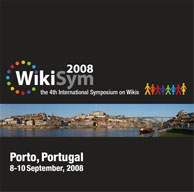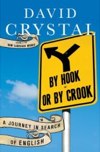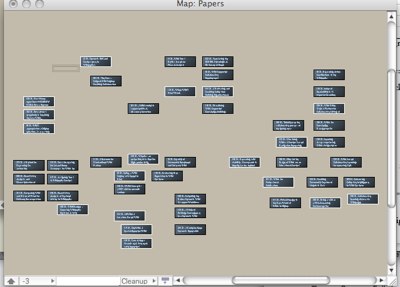This morning, I wanted to start assigning Wikisym research papers to each of the 32 members of the WikiSym program committee.
Every paper at the conference is read by three, four, perhaps five experts. But matching papers and people is tricky. It's a lot like planning a dinner party. A really big dinner party.
But, just to get started, I had to get the authors and titles of the fifty papers. These had just been uploaded from five separate continents to a web app that's sitting on a server in Portugal, and which will happily supply the list in any format I like, provided I like the format it provides. Which is a big HTML table.
OK. I could scrape the screen, parse it in ruby, dump the result to xml, and get the xml into Tinderbox. But that's a bother.
Instead, I copied the text from Safari to BBEdit, quickly turned it into a tab-delimited file, and pasted it into Numbers. In Numbers, I rearranged the columns so the first column was the title of the paper. Then, I copied the table from Numbers and pasted in Tinderbox, Voila!
- I get a note for each paper
- The note title is the paper title
- I also get new user attributes, already populated, that tell me
- the paper's identification number
- its author's name
- its length in pages
So far, so good! I made new new prototype Paper, and assigned all the papers to use this prototype.
Next, I wanted to distinguish short papers. I added a rule to the prototype:
Rule: if($pages<6){BorderColor=white;} else {BorderColor=black}
Now, short papers have white borders.
Next, it's nice to have the papers identified by title, but what I'd really like to know is both the paper's ID number and its title. Easy enough!
DisplayExpression: $id+". "+$Name
Now, Tinderbox shows me the id number and the title of each paper.
Finally, I started assigning reviewers to papers. I just typed their last names into the note's text window. Let's add the number of assigned reviewers to the display:
DisplayExpression: $id+". ("+$Wordcount+") "+$Name
That gave me a new idea for a rule:
Rule: if($Wordcount<3){NameColor=white;} else {NameColor="lightest blue"}
Now, when I've assigned three reviewers to a paper, the note's title dims slightly.
I didn't plan this workflow, but so far it seems to work quite well. It only took a few minutes to build.
Another approach might be so make an adornment for each reviewer, and move papers (or aliases of papers) onto the reviewers to which they were assigned. That would make it easier to see which reviewers had too much work, and who had too little. But this was easy — the first thing that came to mind — and has proved reasonably pleasant and much more fun than retyping fifty titles.
Update: Johndan Johnson-Eilola observes that what I'm describing as “easy” is not precisely beer and kittens; this isn't the “easy” they show in TV ads. I'm using a bunch of tools, I'm writing rules, I'm improvising. It's not pushbutton magic.
But that's OK. I don't believe in that kind of magic anymore.









